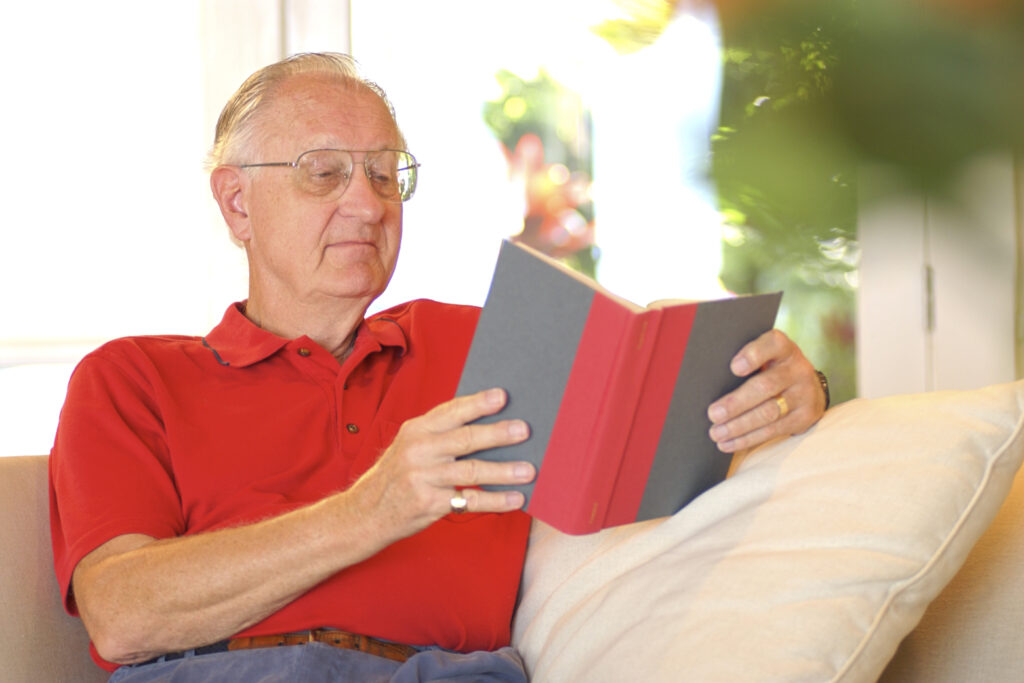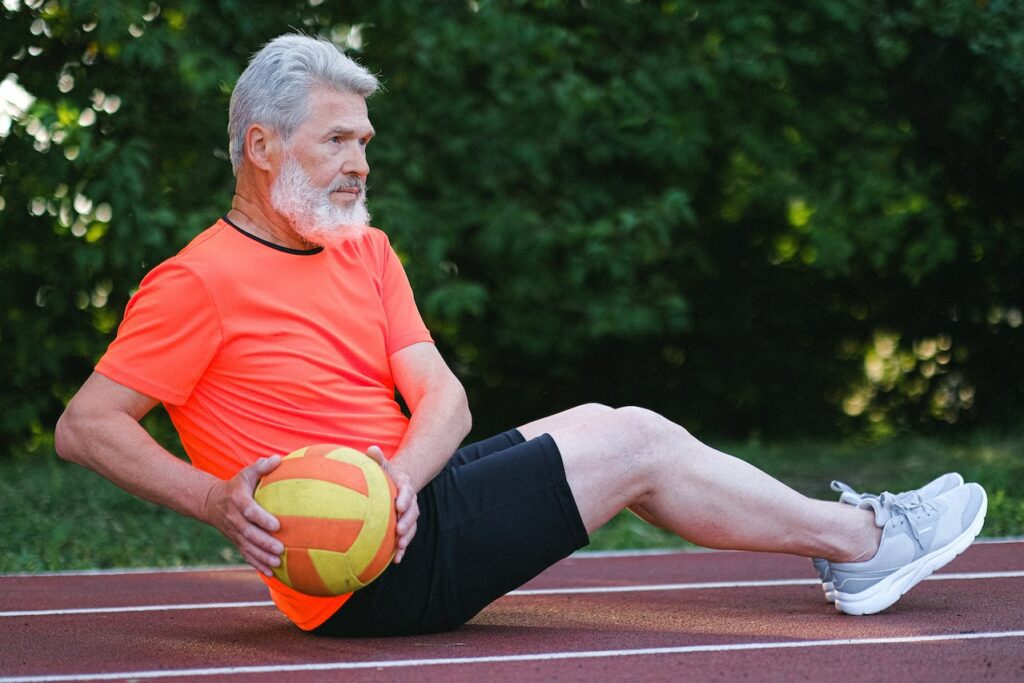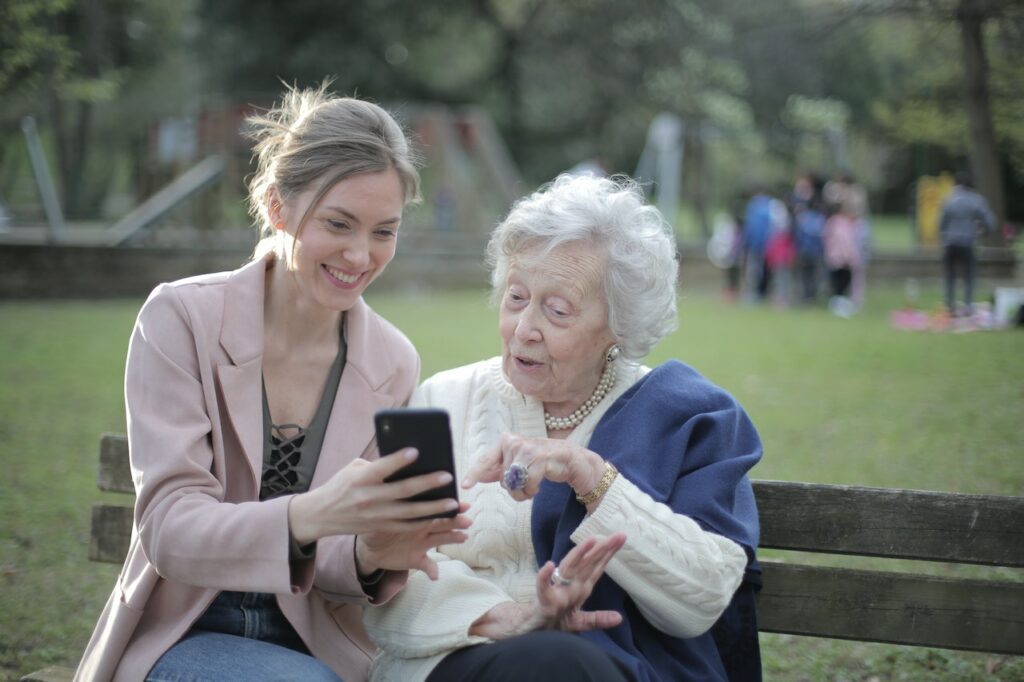One of the biggest mistakes seniors make is overlooking muscle mass in retirement. Muscle mass is crucial to health and function, and that’s exactly what I’ll prove in today’s post.
Muscle mass is the body’s skeletal muscle weight. Movement, stability, and metabolism are all controlled by these muscles. Muscle tissue, made of contracting and relaxing protein fibers, lets us do daily jobs, exercise, and live an active lifestyle.
Muscle mass is crucial to metabolic health. Even at rest, muscle tissue consumes calories. Seniors may maintain a healthy weight by maintaining muscular mass. Muscle mass also regulates blood sugar, lowering the incidence of type 2 diabetes in older people. What’s more, your bones are strengthened by muscle action too! Maintaining muscular mass is essential to prevent bone loss as people age. Doing so reduces the risk of osteoporosis and fractures, improving seniors’ quality of life.
A healthy senior’s optimal muscle mass depends on sex, body composition, and health. However, research shows that 25% to 31% of males and 23% to 29% of women are typically considered healthy in later life. Now let’s get into detail a bit so you can learn to live a healthier, happier lifestyle!
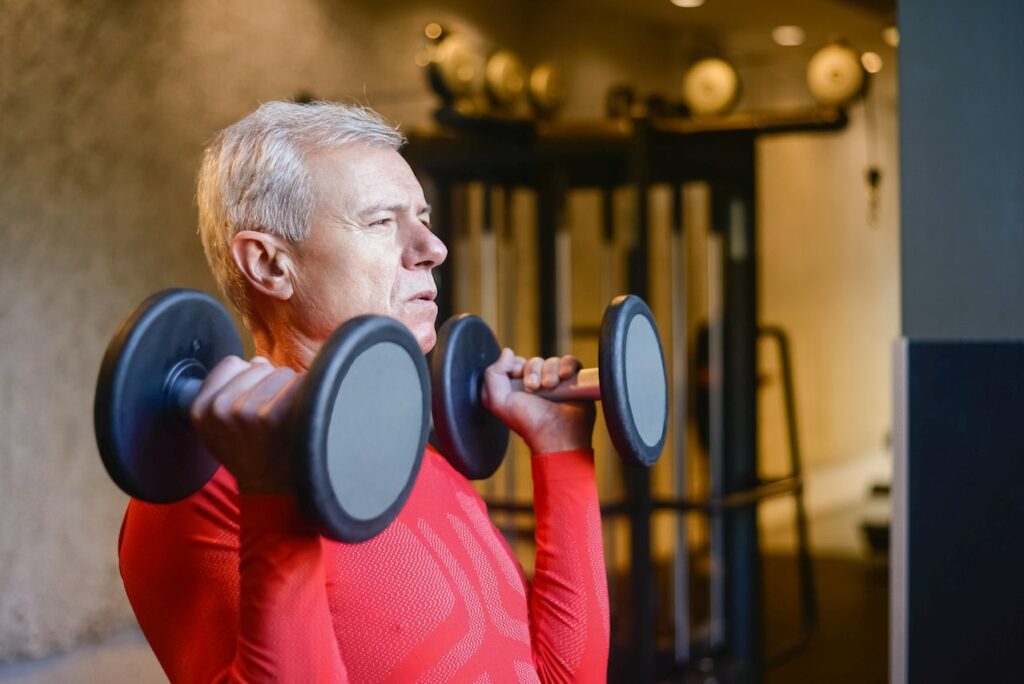
Squats
Squats are an intense lower body muscle-building exercise. They’re vital to any strength training plan since they’re a flexible compound exercise that works for several muscle groups. Correctly doing squats increases muscular development, functional strength, stability, and mobility.
Squats begin with feet shoulder-width apart and toes slightly turned out. Engage your core muscles to maintain a firm, upright posture throughout the activity. As if sitting on a chair, bow your knees and hips to lower your body. Until your thighs are parallel to the floor, lower yourself. Keep your knees aligned with your toes, and don’t stretch them. Push through your heels, activate your leg muscles, and return to the starting position by fully extending your hips and knees.
Muscle mass gains from squats are considerable. First and foremost, squats work the quadriceps, hamstrings, and glutes. Squatting regularly may develop muscular strength, size, and definition in these regions. Squats boost muscular development and recovery by releasing growth hormones and testosterone. Squats also build functional strength by simulating everyday actions like sitting, standing, and walking. Functionality and injury risk are improved by strengthening these muscles.
Squats for elders must be modified and safe. Seniors may execute squats by sitting and standing on a chair or stability device. Joint strain is reduced and stability is increased with this adjustment. Adjusting the range of motion is crucial. Seniors may do partial squats by lowering themselves to a comfortable level and progressively increasing the depth. A healthcare professional or fitness trainer is recommended for elders with pre-existing medical issues or restricted mobility. Squats may be modified and done safely by them.
Push-ups
Push-ups are great for strengthening upper-body muscles. They work the core, shoulders, chest, and triceps. Push-ups build and tone these muscles and increase upper body strength and stability. Let’s learn how to do push-ups, their muscle-building advantages, and senior safety considerations.
Begin push-ups by lying on the floor. Place your hands slightly wider than shoulder-width apart with your palms flat on the ground. Extend your legs straight behind you and balance on your balls. Engage your core muscles to maintain a straight line from your head to your heels.
Bending your elbows at a modest angle to your torso, lower your body to the ground. Continue descending until your chest is barely above the ground. Avoid sagging or rising hips.
To return to the beginning position, push through your palms and extend your arms. Avoid locking your elbows at the height of the exercise and keep your body straight.
Muscle growth is enhanced by push-ups. They strengthen and enlarge the chest, shoulders, and triceps. Push-ups strengthen and stabilize the core. You may build upper body strength, muscular definition, and functional performance by doing push-ups regularly.
Push-ups need adaptations and safety for elders. Seniors may do push-ups against a wall, firm countertop, bench, or step. The bodyweight is reduced and the range of motion is improved. Knee push-ups may also be done without toes. It supports the upper body and decreases strain.
Seniors should listen to their bodies and work comfortably. Consulting a healthcare professional or fitness trainer is recommended for elders with pre-existing medical issues or restricted mobility. Based on skills and requirements, they may modify push-ups and assure safety.
Lunges
Lunges may increase lower body muscular mass. Quadriceps, hamstrings, and glutes are targeted. Lunges work the legs and core for stability and balance. Lunges promote lower body strength, muscular development, and mobility. Let’s talk lunges, muscle mass, and senior safety.
Lunges begin with standing with your feet hip-width apart, keeping an upright posture, and using your core muscles for stability. Step forward with your right foot, ensuring a stride length that permits your knee to bend at a 90-degree angle as you lower your body. As you lower your body, maintain your front knee aligned with your toes. Lower your back knee a few inches above the ground or hover just above it. Keep your body erect and distribute your weight equally between both legs. To return to the beginning posture, push through your front heel, activate your leg muscles, and rise. Every repeat, switch legs.
Lunges build muscular mass. Quadriceps, hamstrings, and glutes—key lower body muscular groups—are targeted. Lunges develop and tone these muscles, improving muscular growth and definition. To maintain balance and stability, lunges stimulate the core muscles, strengthening them. These muscle groups help improve lower body functioning, simplifying walking, climbing stairs, and everyday duties.
Lunge adaptations and safety precautions are vital for seniors. Seniors may balance and support lunges using a chair or sturdy surface. They can also execute static lunges by keeping one foot ahead and the other immobile. As strength and mobility improve, stride length and depth should progressively increase. Seniors should avoid uncomfortable movements and postures. For seniors with pre-existing medical issues or restricted mobility, consulting a healthcare practitioner or skilled fitness trainer is essential to guarantee safe lunge execution and necessary adaptations.
Rowing Dumbbells
Dumbbell rows are great for growing upper body muscle, especially in the back, shoulders, and arms. Dumbbell rows build and define these muscular groups, enhancing upper body strength, posture, and definition. Let’s learn how to do dumbbell rows, their muscle-building advantages, and senior safety recommendations.
Place a weighted dumbbell next to your right foot to begin dumbbell rows. Stand with your feet shoulder-width apart and your knees slightly bent for support. Hold a dumbbell in your right hand and bend forward at the hips. Use your left hand or knee for support. Make sure your right arm is completely stretched and dangling down.
Pull the dumbbell towards your waist, keeping your elbow close to your body and tightening your shoulder blades. At the apex of the action, pause, then gently descend the dumbbell to the starting position. Perform the exercise with your left arm after the required number of repetitions.
Muscle mass growth improves with dumbbell rows. They focus on upper back muscles such as the rhomboids, trapezius, and latissimus dorsi. Biceps and posterior deltoids are also worked during this workout. Dumbbell rows strengthen and define these muscular groups, improving upper body strength and definition.
Dumbbell rows improve posture. The exercise improves spine-supporting muscles, preventing back discomfort and postural difficulties. Dumbbell rows improve balance and functional fitness by strengthening the core.
Dumbbell rows should be modified and safe for elders. Choosing a weight that pushes the muscles while maintaining form and control is key. A supporting posture, such as putting one leg on a bench or sturdy surface, might help seniors alter the activity. Seniors should always contact a healthcare expert or fitness trainer before doing dumbbell rows, particularly if they have pre-existing medical issues or restricted mobility.
Step-Ups
Step-ups are great for increasing lower body muscle. This workout is stepping onto a step or bench and using numerous muscular groups to move oneself higher. Step-ups may build your quadriceps, hamstrings, and glutes and improve lower body strength, stability, and balance. Step-up technique, muscle mass advantages, and senior safety recommendations are covered here.
Find a knee-high platform for step-ups. Begin by standing in front of the platform with your feet hip-width apart. Maintain an upright posture by using your core muscles. Lift one foot and set it firmly on the platform, putting your weight on the heel. Lift onto the platform by pressing through the heel and extending your hip and knee. Maintain balance as you straighten your standing leg and bring your opposing knee to your chest. Carefully drop your elevated leg to the ground. Alternate legs as you repeat.
Muscle mass growth advantages from step-ups are several. They strengthen and define the quadriceps, hamstrings, and glutes. Step-ups also strengthen the core for stability and balance. Step-ups promote lower body strength, muscular development, stability, and functional movement.
When doing step-ups, elders should consider adaptations and safety. If necessary, start with a lower platform height. Seniors might use a railing or wall for support and stability while exercising. Focus on control and balance throughout the action, taking your time and avoiding quick or jerky moves. Elders may do step-ups with body weight or lesser weights to alleviate joint stress.
Seniors should see a doctor or fitness trainer before starting step-ups or any new workout regimen. They may give individualized counsel based on requirements, concerns, and pre-existing medical issues.
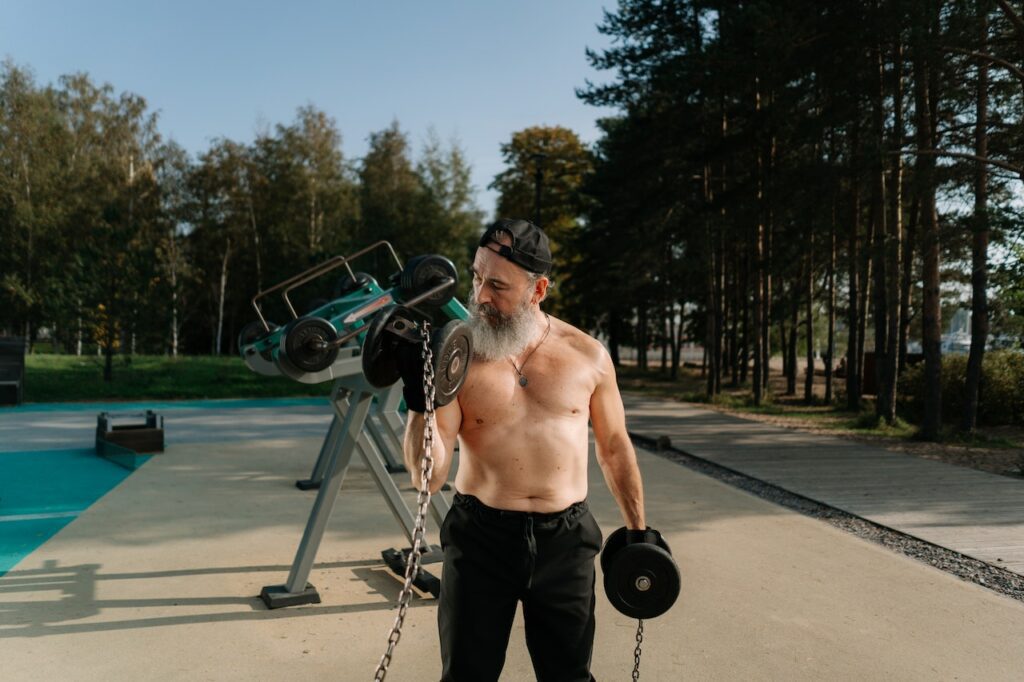
Conclusion
We’ve covered five workouts that may help retirees gain muscle: squats, push-ups, dumbbell rows, lunges, and step-ups. Each exercise targets distinct muscle areas and has unique advantages for muscular growth, strength, and general functioning. Squats work the lower body, push-ups the upper body, dumbbell rows the back and arms, lunges the legs, and step-ups the lower body.
Encouragement to Include These Exercises:
Incorporating these workouts into a fitness plan is crucial. You may improve your physical health and well-being in retirement by including them in your routine. These exercises help you live an active and joyful life by improving posture, balance, and mobility.
Now remember: it’s important to be cautious while starting a new workout routine (actually, this might also count as a note to self!). If you have pre-existing medical issues or restricted mobility, visit a doctor or fitness trainer. They can design workouts to your requirements and modify them as needed.
You’ll see excellent results if you do these workouts regularly. Strength, muscular mass, and well-being will rise. Allow your body to rest and recuperate. Enjoy the journey, celebrate every milestone, and commit to a better and stronger retirement!
Did you like this post? If you found it helpful, I’d highly recommend that you check out my related article about 7 Simple Habits to Slash Your Risk of Cancer in Retirement!









